Ultimate computing and biomolecular consciousness and nanotechnology.
Shared with Dropbox.
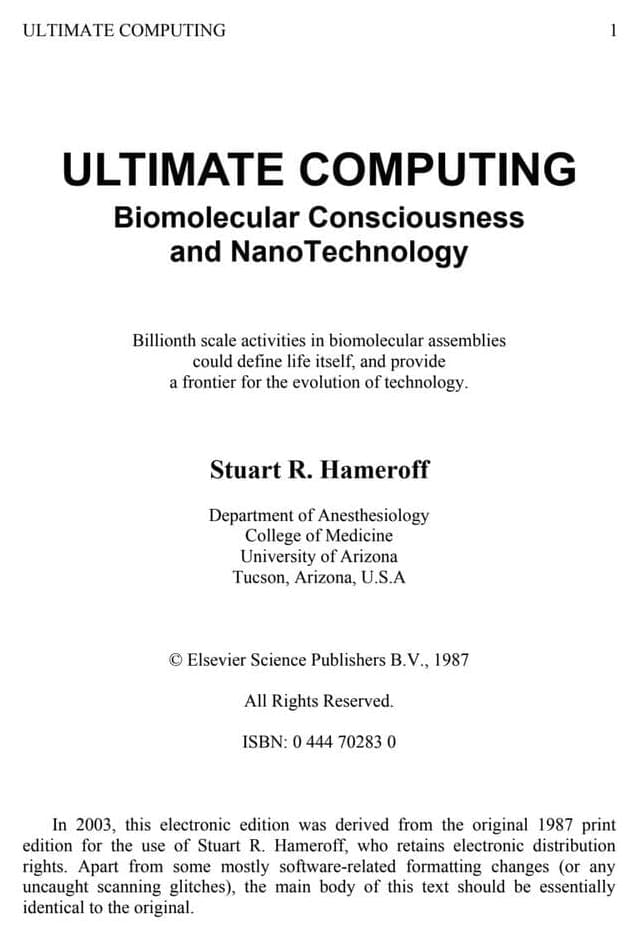
A new study by Petr Znamenskiy, Tom Mrsic-Flogel, and colleagues present findings that overturn a decade-long idea that inhibitory neurons provide blanket normalising inhibition, showing that for PV+ inhibitory neurons this is not the case.
By April Cashin-Garbutt
Just like computers are characterised by their hardware, neural circuits in the brain are defined by their wiring. The synaptic organisation determines the function of neural circuits. While the connections of excitatory and inhibitory neurons were previously characterised, a new study has revealed the hidden precision of the synaptic strength of inhibitory circuits in the neocortex.
“People often think of excitatory neurons as doing the bulk of the interesting computations in the brain, whereas inhibitory neurons are thought to coordinate the activity of excitatory cells. We know from previous research that the connectivity of excitatory cells is very specific, whereas inhibitory neurons were thought to have very broad and non-specific connections,” explained Petr Znamenskiy, Group Leader at the Francis Crick Institute and former postdoctoral researcher in the Mrsic-Flogel Lab at the Sainsbury Wellcome Centre.
A new photonic radar system has been tested on cane toads by scientists at Sydney Nano and the School of Physics. It delivers contactless, high-definition detection of vital signs and could be developed for use in ICUs, aged-care facilities and for people with sleep apnoea or infants with breathing concerns.
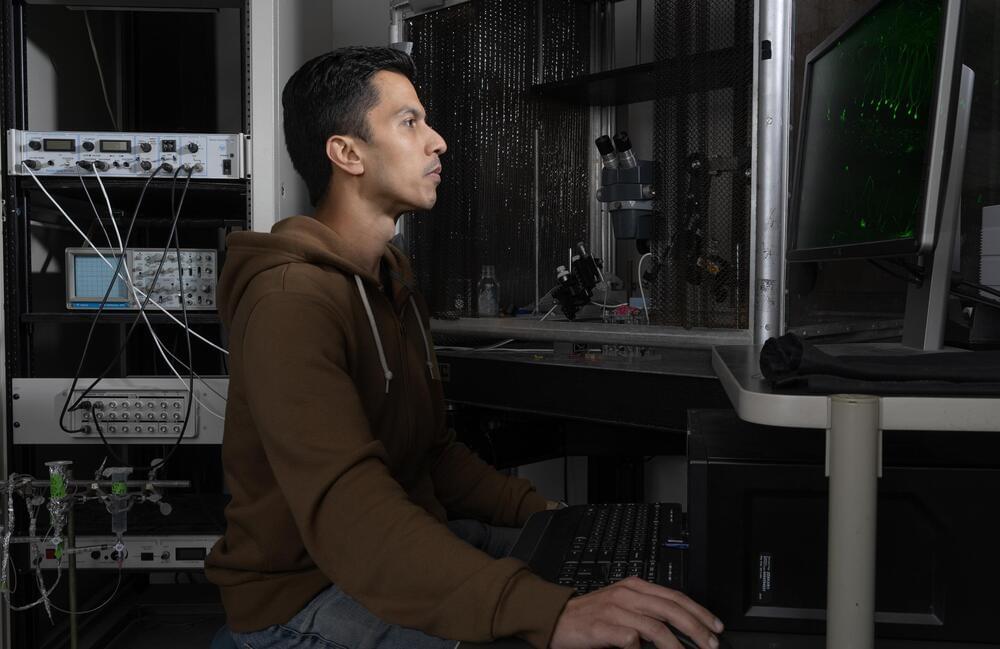
When neurons are activated in the hippocampus, not all are going to be firing at once.
Think of a time when you had two different but similar experiences in a short period. Maybe you attended two holiday parties in the same week or gave two presentations at work. Shortly afterward, you may find yourself confusing the two, but as time goes on that confusion recedes and you are better able to differentiate between these different experiences.
New research published in Nature Neuroscience reveals that this process occurs on a cellular level, findings that are critical to the understanding and treatment of memory disorders, such as Alzheimer’s disease.
Dynamic engrams store memories
The research focuses on engrams, which are neuronal cells in the brain that store memory information. “Engrams are the neurons that are reactivated to support memory recall,” says Dheeraj S. Roy, Ph.D., one of the paper’s senior authors and an assistant professor in the Department of Physiology and Biophysics in the Jacobs School of Medicine and Biomedical Sciences at the University at Buffalo. “When engrams are disrupted, you get amnesia.”
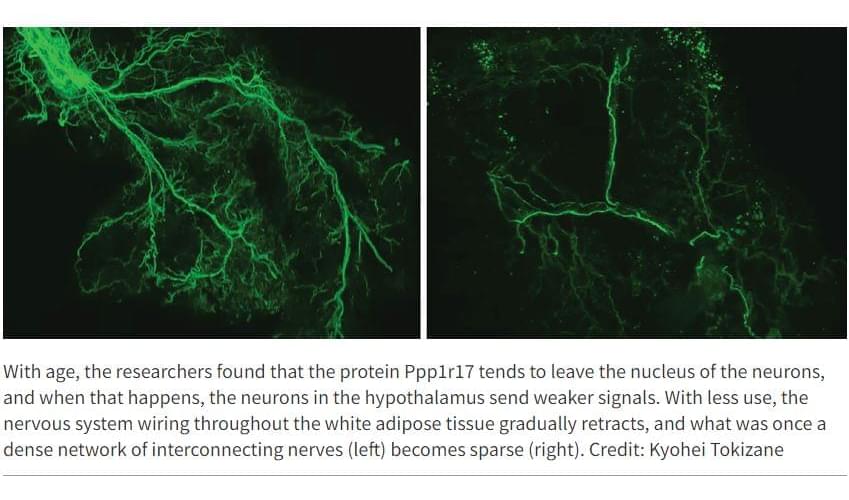
In recent years, research has begun to reveal that the lines of communication between the body’s organs are key regulators of aging. When these lines are open, the body’s organs and systems work well together. But with age, communication lines deteriorate, and organs don’t get the molecular and electrical messages they need to function properly.
A new study from Washington University School of Medicine in St. Louis identifies, in mice, a critical communication pathway connecting the brain and the body’s fat tissue in a feedback loop that appears central to energy production throughout the body. The research suggests that the gradual deterioration of this feedback loop contributes to the increasing health problems that are typical of natural aging.
The study—published in the journal Cell Metabolism—has implications for developing future interventions that could maintain the feedback loop longer and slow the effects of advancing age.

It is widely accepted that consciousness or, more generally, mental activity is in some way correlated to the behavior of the material brain. Since quantum theory is the most fundamental theory of matter that is currently available, it is a legitimate question to ask whether quantum theory can help us to understand consciousness. Several approaches answering this question affirmatively, proposed in recent decades, will be surveyed. There are three basic types of corresponding approaches: consciousness is a manifestation of quantum processes in the brain, quantum concepts are used to understand consciousness without referring to brain activity, and matter and consciousness are regarded as dual aspects of one underlying reality. Major contemporary variants of these quantum-inspired approaches will be discussed.
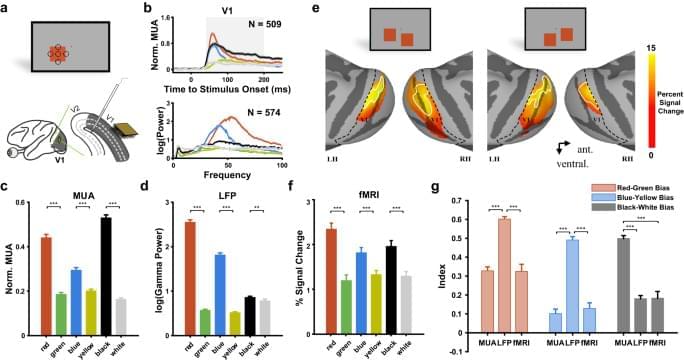
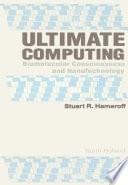
The possibility of direct interfacing between biological and technological information devices could result in a merger of mind and machine — Ultimate Computing. This book, a thorough consideration of this idea, involves a number of disciplines, including biochemistry, cognitive science, computer science, engineering, mathematics, microbiology, molecular biology, pharmacology, philosophy, physics, physiology, and psychology.
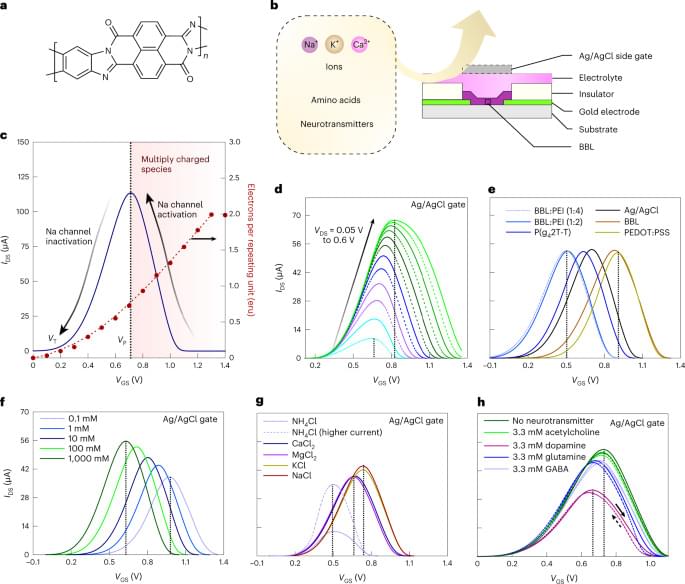
Silicon-based complementary metal-oxide semiconductors or negative differential resistance device circuits can emulate neural features, yet are complicated to fabricate and not biocompatible. Here, the authors report an ion-modulated antiambipolarity in mixed ion–electron conducting polymers demonstrating capability of sensing, spiking, emulating the most critical biological neural features, and stimulating biological nerves in vivo.
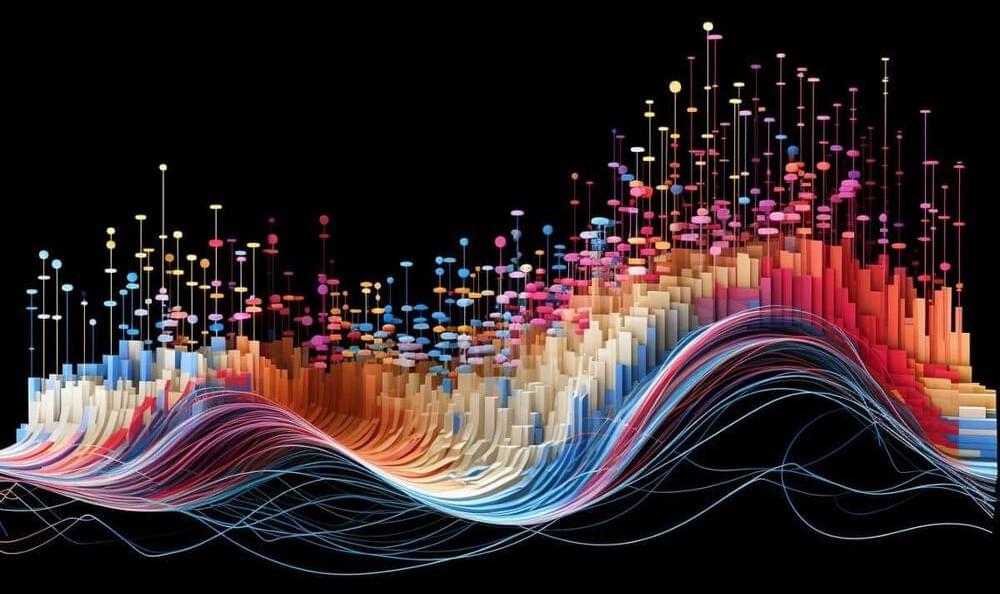
Summary: Researchers discovered that different layers of the brain’s cortex exhibit distinct electrical activity patterns, with rapid gamma waves in the upper layers and slower alpha and beta waves in the deeper layers. This pattern is consistent across various brain regions and species, including humans, suggesting a fundamental role in cortical function.
The research indicates that imbalances in these oscillations might be linked to neurological disorders like ADHD. This study not only deepens our understanding of brain function but also opens new possibilities for diagnosing and treating neuropsychiatric disorders.